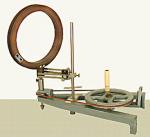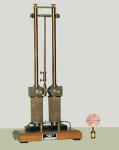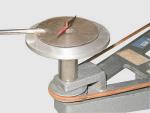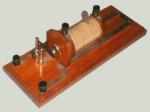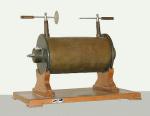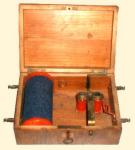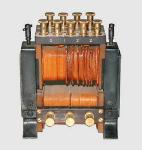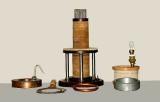Description
It is a demonstrating apparatus dismountable in all its parts.
The core of 3-tenth-thin layers is formed by two prismatic blocks leaning so as to
form a magnetic rectangular circuit.
The lower part of the core holds the four basis feet and two screw hangers that are
used to fix the second block.
The lower branch of the core holds the primary circuit that, in turn, can reduce the
voltage or work to as an autotransformer.
On the parallel branch the secondary circuit is wound in different sections according to
the number of turns, and disposed so that the voltage at the ends of the consecutive sections
assumes the values: 1,2,3,4,5,10,15,20,50.
For the primary circuit, used as an autotransformer, we can have a 50 V voltage.
|
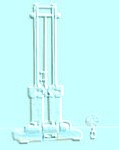
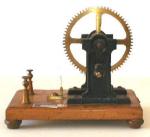
 Menu
Menu
